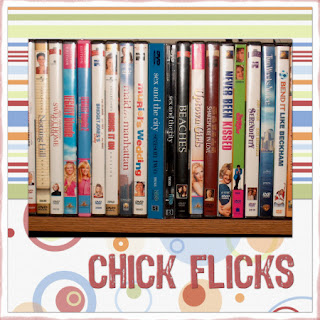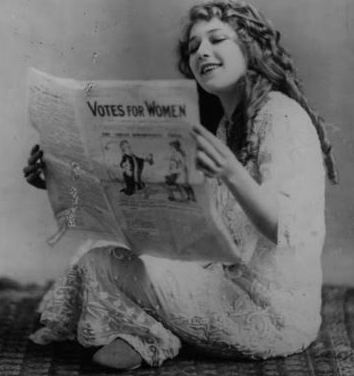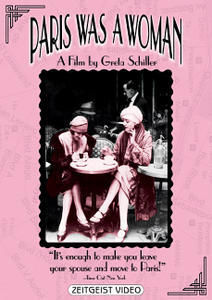Literacy has long been a powerful tool. For a subjugated group to become literate, freedom, power and representation were surely close to follow.
On the other hand, if those subjugated groups remained illiterate–by force or lack of access–hegemony could be kept intact.
Women have had to fight religious, social, political and even medical institutions that tried to keep them from comprehensive eduction and broad literacy. (Of course, women’s literacy and access to education is still restricted in many
fundamentalist religious cultures worldwide–from the extreme of the
Taliban attempting to assassinate a 14-year-old Pakistani girl who blogged and pushed for an education, to the more subtle
Christian Patriarchy Movement in the US, which advocates young women eschew college to be “stay-at-home daughters.”)
Historically, women’s literature was often relegated to spiritual diaries, letters and personal reflections on the feminine sphere. As literacy became more widespread in the 19th century, women began entering the publishing world in earnest (usually with male or androgynous pen names), although they were often met with scorn, as the female author George Eliot
satirizes in “Silly Novels by Lady Novelists” (from which
TV Tropes gleaned numerous modern tropes).
In her
New Yorker review of the book
A Woman Reader, Joan Acocella
writes:
“In thinking about wisdom, it helps to read about wisdom—about Solomon or Socrates or whomever … Likewise, goodness and happiness and love. To decide whether you have them, or want to make the sacrifices necessary to get them, it is useful to read about them. Without such introspection, women seemed stupid; therefore, they were considered unfit for education; therefore, they weren’t given an education; therefore they seemed stupid.”
This cycle of restricting and then
denigrating women’s literacy and women’s writing can be seen today not only in the marginalization of women writers, but also in Hollywood. When women finally break through and are able to tell their stories, those stories are immediately dismissed as silly and trivial.
 |
| Mark Twain, who despised Jane Austen’s silly novels, said,
“Everytime I read ‘Pride and Prejudice’ I want to dig her up and beat her over the skull with her own shin-bone.”
|
The
Slate article “A Brief History of the Beef Against Women Reading,”
notes:
“As the marketplace for words increasingly skewed female, men started trolling, claiming that women’s novels were sexually corruptive, dangerously distracting, and hopelessly unrealistic, or even damaging to women’s mental health. (One 19th-century doctor, faced with a novel-reading woman, prescribed a book on beekeeping instead.) Male authors adapted by publishing helpful advice for women targeted at keeping them in their place.”
It is no wonder, then, that Hollywood tends to symbolically annihilate women’s stories, and that some film audiences push back against powerful female characters or scoff at the “chick flick” genre. All of this recorded history about women reading and writing (and why they were kept illiterate to keep them subjugated, and why their eventual published writings were met with scorn) provides a framework for the difficulties that female screenwriters and directors face in cinema.
On
The Hathor Legacy, Jennifer Kesler
documents that during her film courses at ULCA, she was routinely reminded to essentially not write screenplays that pass the Bechdel Test. One industry professional told her, “The audience doesn’t want to listen to a bunch of women talking about whatever it is women talk about.”
This is typically the excuse given in regard to why women’s stories are not universal, and why they won’t “sell.” Tradition is hard to break. Male audiences won’t go see stories revolving around women, right?
Perhaps this bleak, largely anti-feminist landscape in Hollywood is more deliberate. If we acknowledge women’s long history of being neglected education and literacy, and that women have been repeatedly told (or observed) that their stories lack action and intrigue for a broad audience, how can this not have larger social effects? And at some point, do we come to the conclusion that these messages are what the dominant group wants?
 |
| Women’s stories are women’s stories and many have common themes that support cultural stereotypes and show women how they are supposed to be. Even if a film breaks stereotypes, the viewership is expected to just be female. Ask Men has a “Top Ten Chick Flicks We Can Stomach” guide, to save men from “too much pain” on date night. |
Women are not a minority. They are more than 50 percent of the population in the US, and have met and surpassed men in undergraduate and graduate degrees.
However,
according to the Women’s Media Center:
– Of the top 250 domestic grossing films, women were 5% of the directors, 14% of the writers, 18% of the executive producers, 25% of the producers, 20% of the editors, and 4% of the cinematographers.
– In the key behind-the-scenes role in entertainment television, women were 18% of the creators, 22% of the executive producers, 37% of the producers, 15% of the writers, 11% of the directors, 20% of the editors, and 4% of the directors of photography.
Social change is slow; this is not news. Films, however, are a reflection of society–our norms and our fears.
And fear of female power, of female dominance, is real.
Roger Ebert recently published a guest blog post by a film reviewer who experienced censorship by a misogynist publisher. In an e-mail to the columnist, the publisher
said:
“I don’t want to publish reviews of films where women are alpha and men are beta.
where women are heroes and villains and men are just lesser versions or shadows of females.
i believe in manliness.” [sic]
This isn’t an isolated opinion. If women in power upset the masculine trajectory of dominance in the real world (see: legislation on reproductive rights, religious hierarchies, the lack of equal representation of women in government) and incite
fear in “traditional America,” of course powerful women on the big screen are a threat to the patriarchy. Our media, then, is a
powerful hegemonic tool.
In my Women’s Literature class this week, I had assigned a few graphic and difficult pieces that dealt with birth and abortion. I asked my students, “How many stories and poems about men in war have you read in literature classes?” They nodded, and responded that there had been many. None, however, had read stories by women about birth or abortion.
This disconnect in the stories we hear and see and the actual stories we live is stark. And if women’s stories are continually pushed aside in scriptwriting courses or passed over for stories by and about men’s experiences, then women will undoubtedly continue to be subjugated outside of novels and movie theaters, and their realities will seem less like reality, and more like a marginalized sub-plot.
—
Leigh Kolb is a composition, literature and journalism instructor at a community college in rural Missouri.





